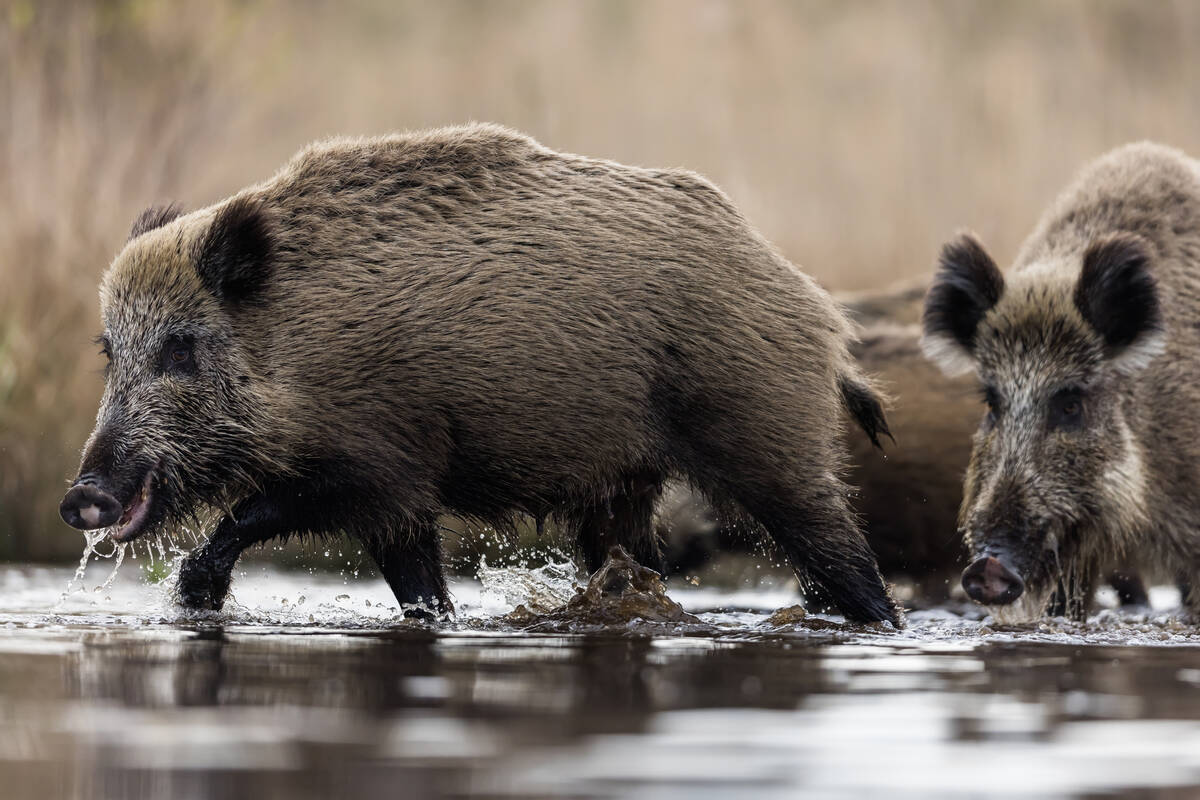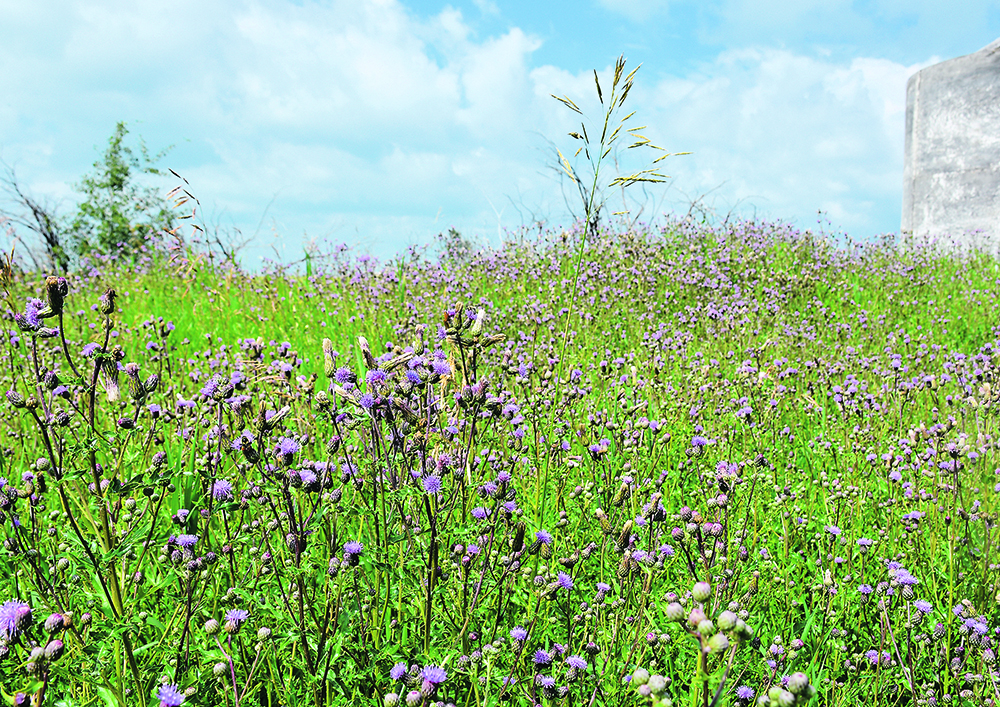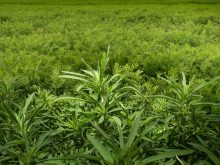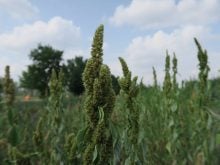The weed can be particularly troublesome in pastures facing multi-year drought, but experts say it’s not too late to act
Canada thistle is an especially pesky weed estimated to cost producers billions each year in lost revenue. Left unchecked, its roots reach deep into the ground and into the pockets of ranchers.
Mark Versluys, specialties business leader with Corteva Agriscience, said Canada thistle has been an issue this year as drought conditions continue to plague parts of the Prairies.
Related stories on this issue:
- Pasture weeds require vigilance
- Timing important in late season weed control
- Canada thistle must be fought at the root level
Read Also

Manitoba bans wild boar possession
Manitoba has tightened the regulatory status of Eurasian wild boar in an effort to help fight back against invasive wild pigs.
“It seems quite severe, relatively speaking,” said Versluys. “When we get into a year like this, when moisture is at a premium, it becomes even more so to control your pervasive and invasive weeds of which Canada thistle is definitely one of the major ones.”
Thistle robs soil of moisture and nutrition.
“It seems to get in first place for the lineup for the nutrition and the moisture as well. That situation can be exacerbated in a year like this,” said Versluys.
That’s especially the case on pastures in places facing multi-year drought and it’s not too late to act.
“A really good opportunity is coming up here right away,” said Versluys. “How that opportunity presents itself is, you wait for that first hard frost and the plant realizes that winter is coming, and it will start running all of its resources down to that big biomass in the root zone.”
An application at that time will carry herbicide to the roots and hit the weed where it hurts most.
“It will do a really good job of controlling that root zone so that going into next year, you’ll be in a really good position starting clean,” said Versluys.
Herbicides on grazing lands are one way to deal with thistle but an integrated pasture management plan is required.
“You definitely don’t want to go in with a fertilizer application before you do something about the weed spectrum in your field because you don’t want to feed those weeds,” he said.
Varying conditions require different responses, but “you want to make sure the plants are present and that they are actively growing. If you don’t have the plants actively growing, you don’t want to be using a herbicide application.”
Getting a handle on thistle is best done early because it can spread by seed and through its extensive root network.
“Every plant can provide about 5,000 seeds per year, which is pretty substantial, but then there is that big biomass under the ground as well,” said Versluys. ”Each set of that biomass, massive root zone underneath the ground, can go 20 feet in each direction.”
Nationally, invasive plant species have an annual impact of $2.2 billion on Canadian agriculture, according to a 2010 Environment Canada report.
















